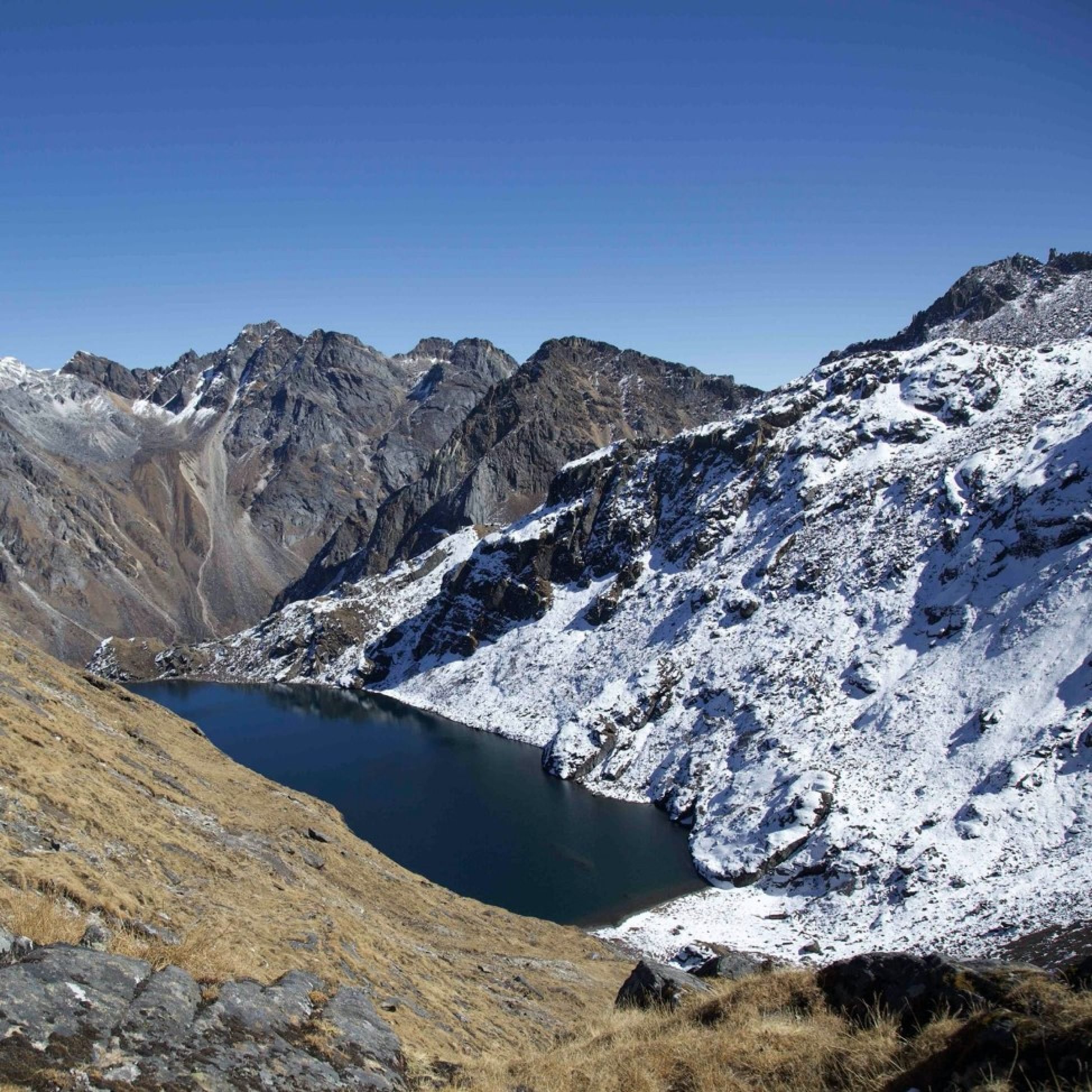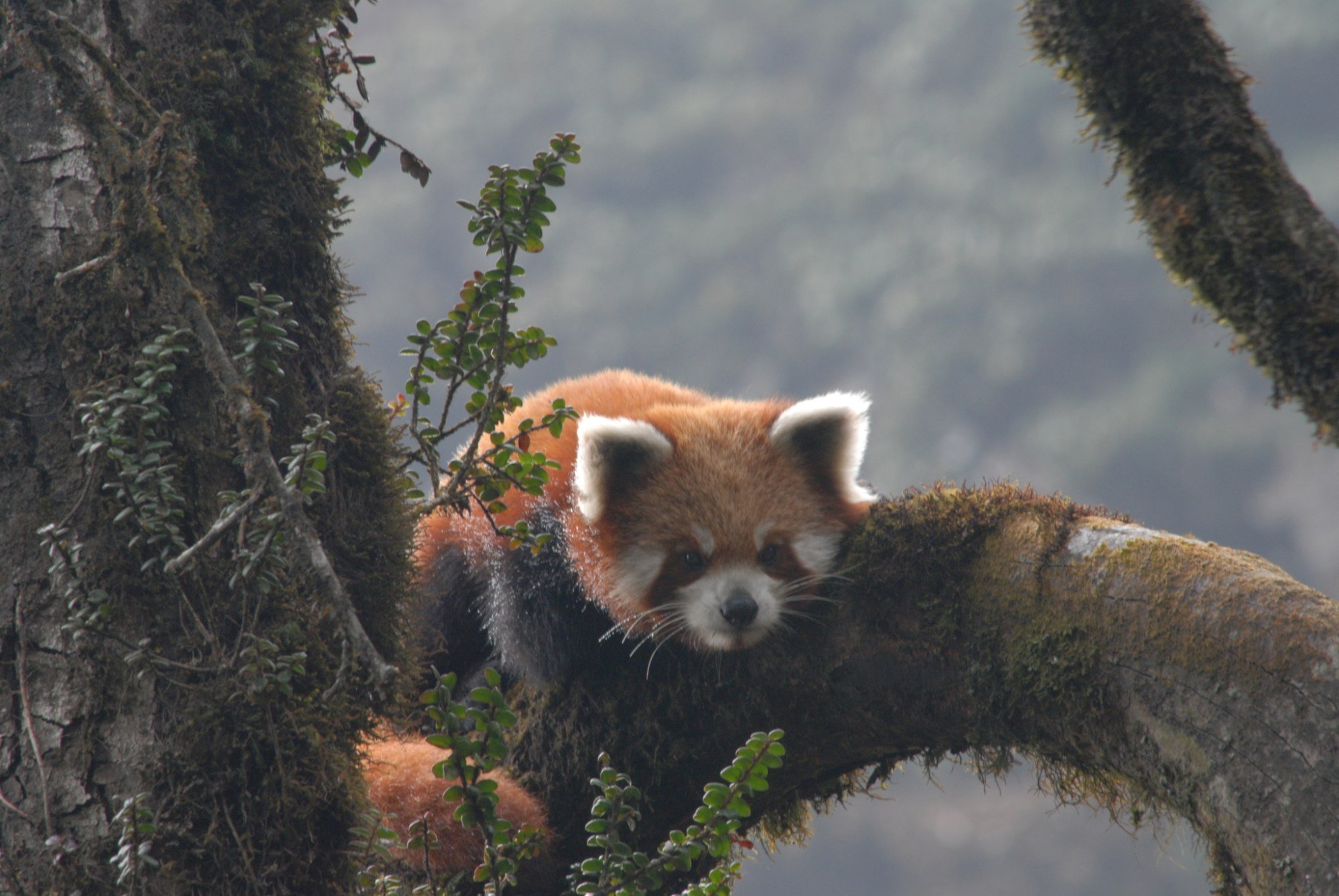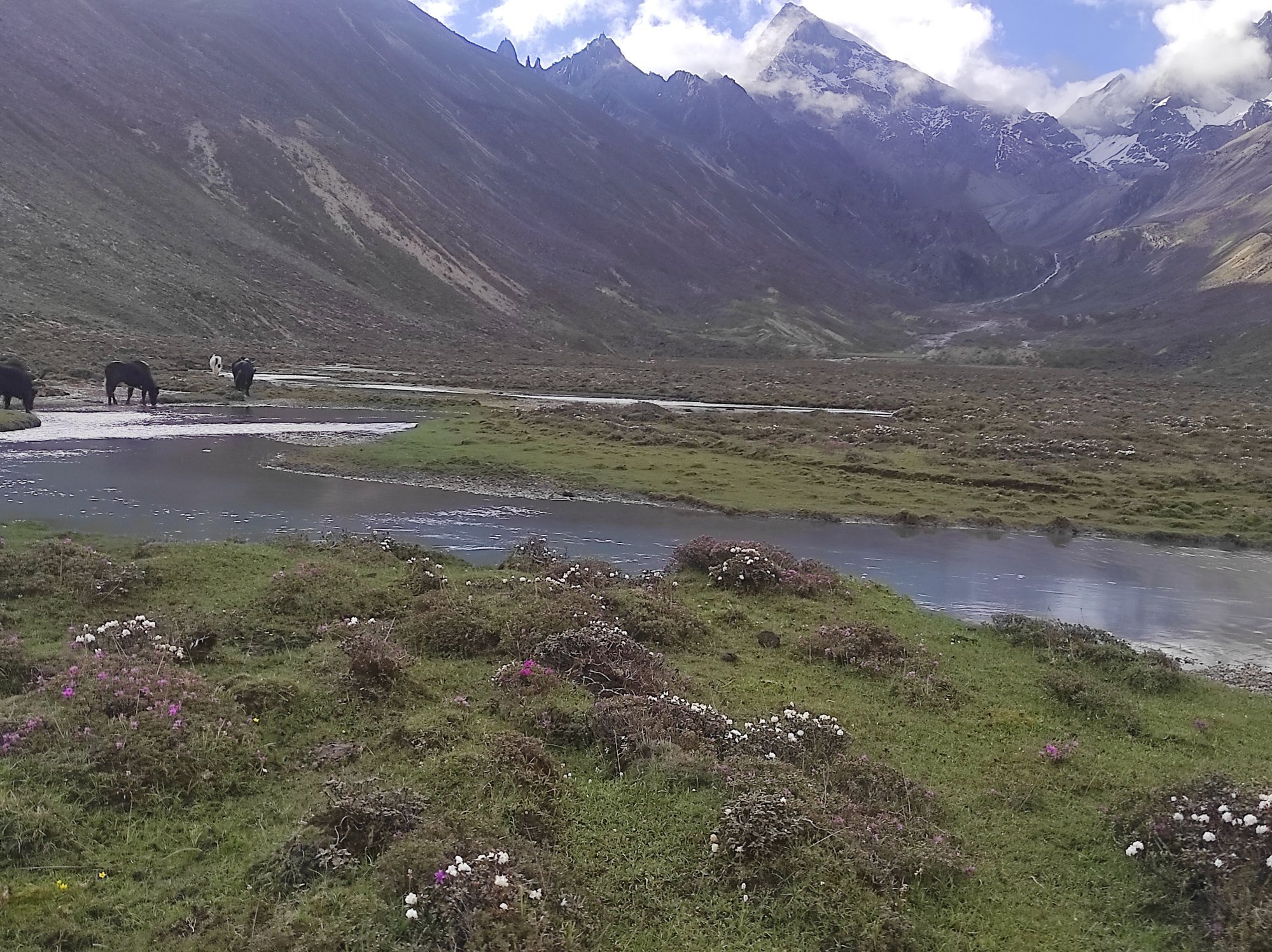The proposed hydropower projects were an “attack on our faith and ancestral lands”, said Lhomi Singsa Welfare Centre Chairman Lakpa Angjuk Bhote, who accused the private companies of being purely profit-motivated and ignoring local complaints.
“The companies don’t speak about the rights of the indigenous people,” he said. “Our rivers and forests are sacred to us, and they are destroying our habitat, the wildlife and the environment.”

Bhote said companies were already exploiting loopholes to circumvent a 2020 law prohibiting haphazard construction within designated conservation zones.
He accused Sangrila Urja, which is constructing the hydropower plant on Chhujung River, of “copy-pasting” parts of its approved environmental impact assessment, including location and village names that do not match the region’s toponymy.
Experts say environmental impact assessments are often flawed in Nepal. In a prominent 2022 case, the country’s top court halted plans for an international airport in Nijgadh, near Kathmandu, after its assessment was found to be deeply deficient.
Activists have petitioned Nepal’s Supreme Court to halt construction by Sangrila Urja and other companies. But they say the hearings have been inexplicably delayed for nearly a year, and accuse authorities of “not prioritising indigenous issues”.

Karma Bhutia, a conservationist from the Lungba Samba valley, warned that Sangrila’s planned hydropower project would have devastating consequences, destroying forests and yak pastures vital to local livelihoods, as well as medicinal herbs and animal habitats in an area over 20 hectares (49.4 acres).
Sangrila’s own environmental assessment, seen by This Week in Asia, estimates the hydropower project would require about 192,000 tonnes of explosives and 188,000 detonators for construction.
With 26 Himalayan glaciers nearby, Bhutia said the explosives could trigger glacial lake outbursts and other natural disasters, underscoring the urgent need to halt the project.
However, the CEO of Nepal’s Independent Power Producers’ Association, Bhim Prasad Gautam, argued it would be irrational to impede projects already approved by multiple government departments.
“There are provisions of rehabilitating the environment affected by the projects, and if such measures don’t fulfil the necessary criteria, then the government shouldn’t allow building them inside protected areas altogether,” he said.

The region where the hydropower plants are being built is home to red pandas, Himalayan black bears, clouded leopards and other endangered species, according to Sonam Tashi Lama, a conservation manager for the Red Panda Network. Development projects should prioritise protecting this fragile ecosystem, he said, rather than sacrificing it for physical infrastructure.
“There is a division between the conservation sector and those seeking infrastructure development,” he said. “But they should work in tandem. We shouldn’t just look at the monetary value of the infrastructure projects, which will result in unsustainable development, the results of which we are already witnessing in the forms of various natural disasters.”
Bhutia called for protected areas be made off-limits to infrastructure projects, noting that a micro-hydro plant already powered over 300 local households where Summit Energy sought to build its new plant.

The government’s 900MW Arun III project, being built in Sankhuwasabha district, has likewise raised questions about the need for smaller hydropower plants in the area.
“Development should not be just about roads and bridges. Saving our heritage and communities from being displaced is equally important, and profit-oriented companies will not do that,” Bhutia said.
Nepal’s activists vow to guard their land and the biodiversity it supports.
“We will fight until we get justice,” Bhote said. “We have long been ignored, and we will not let private companies profit off our ancestral land while they destroy everything around it.”

